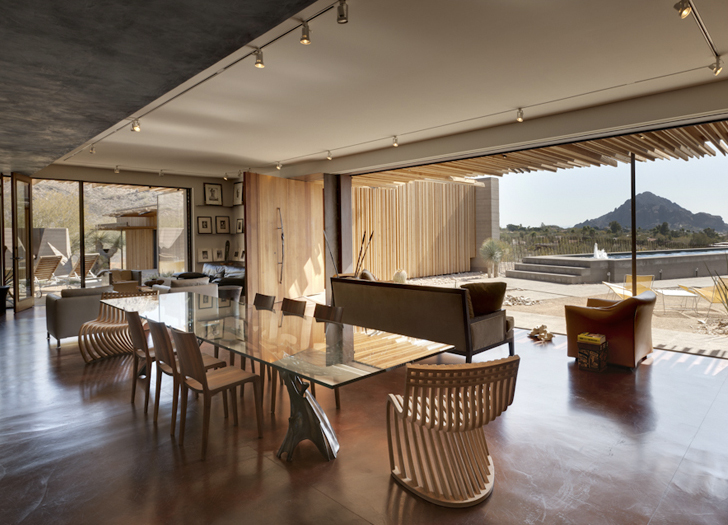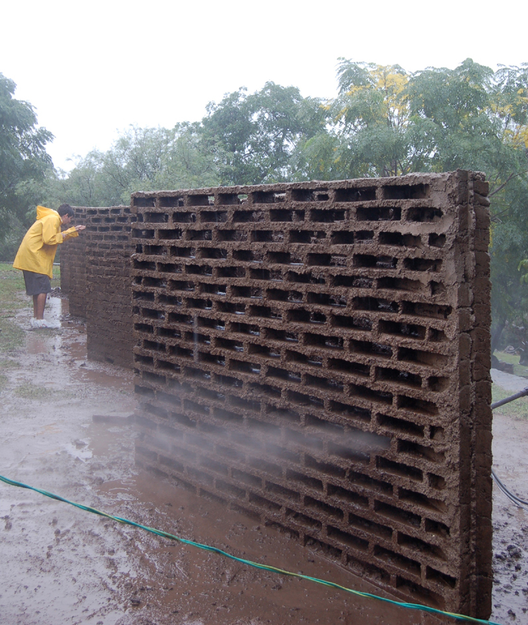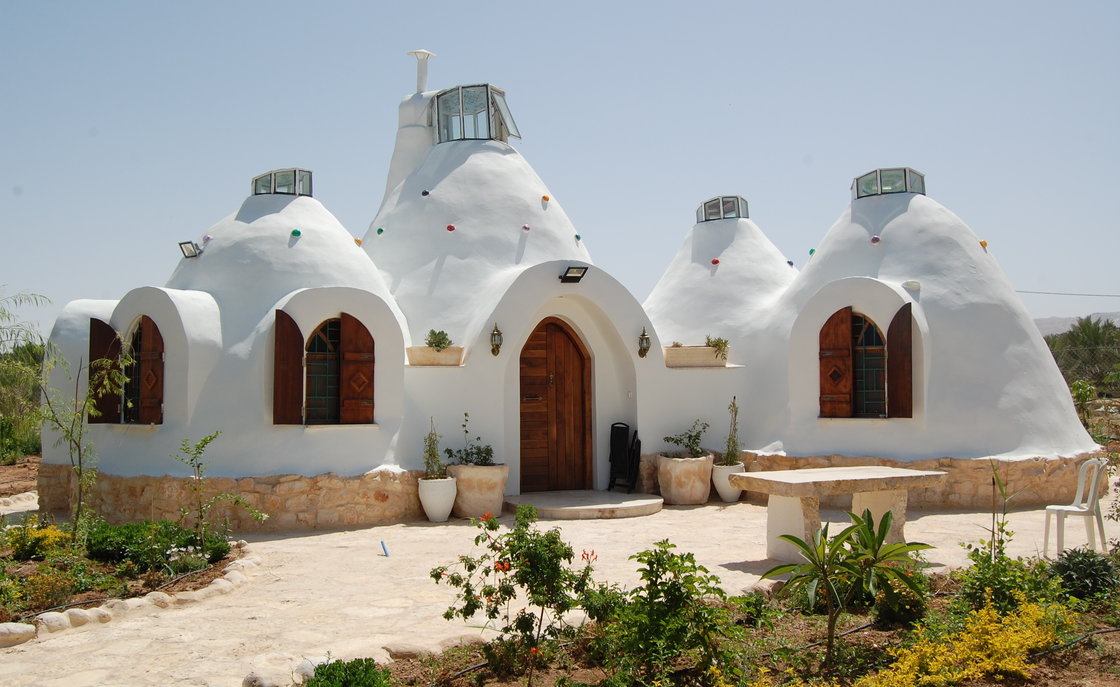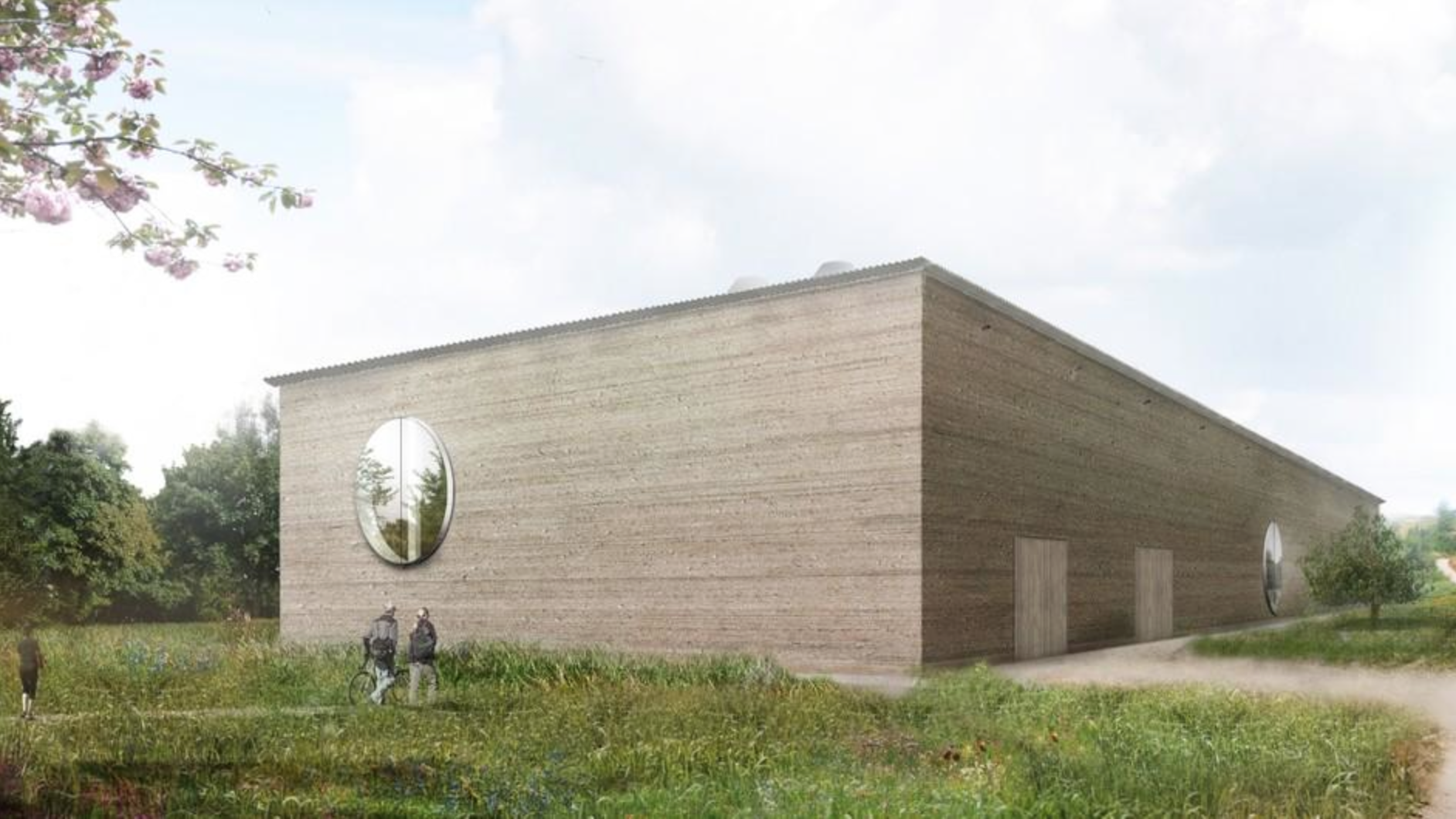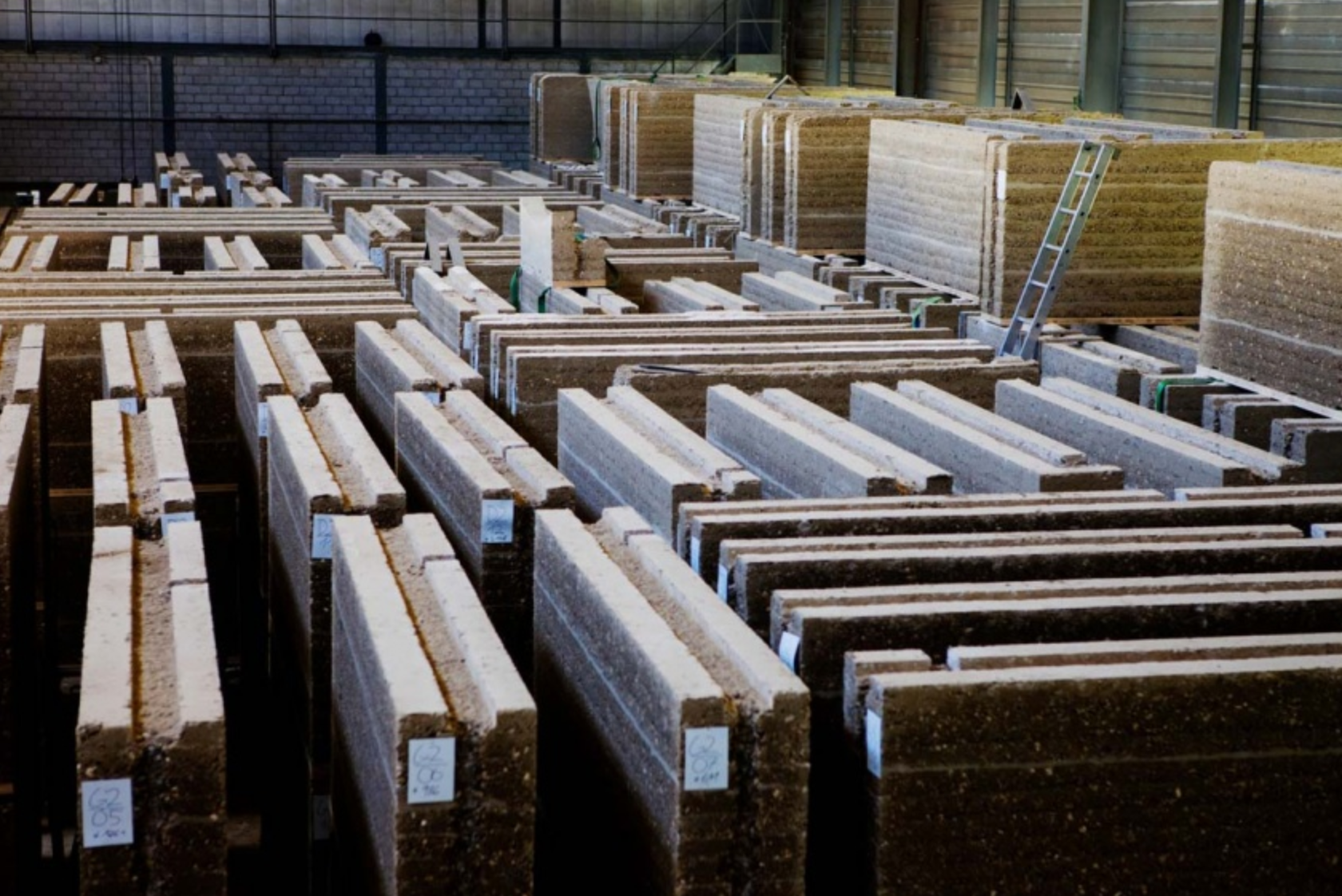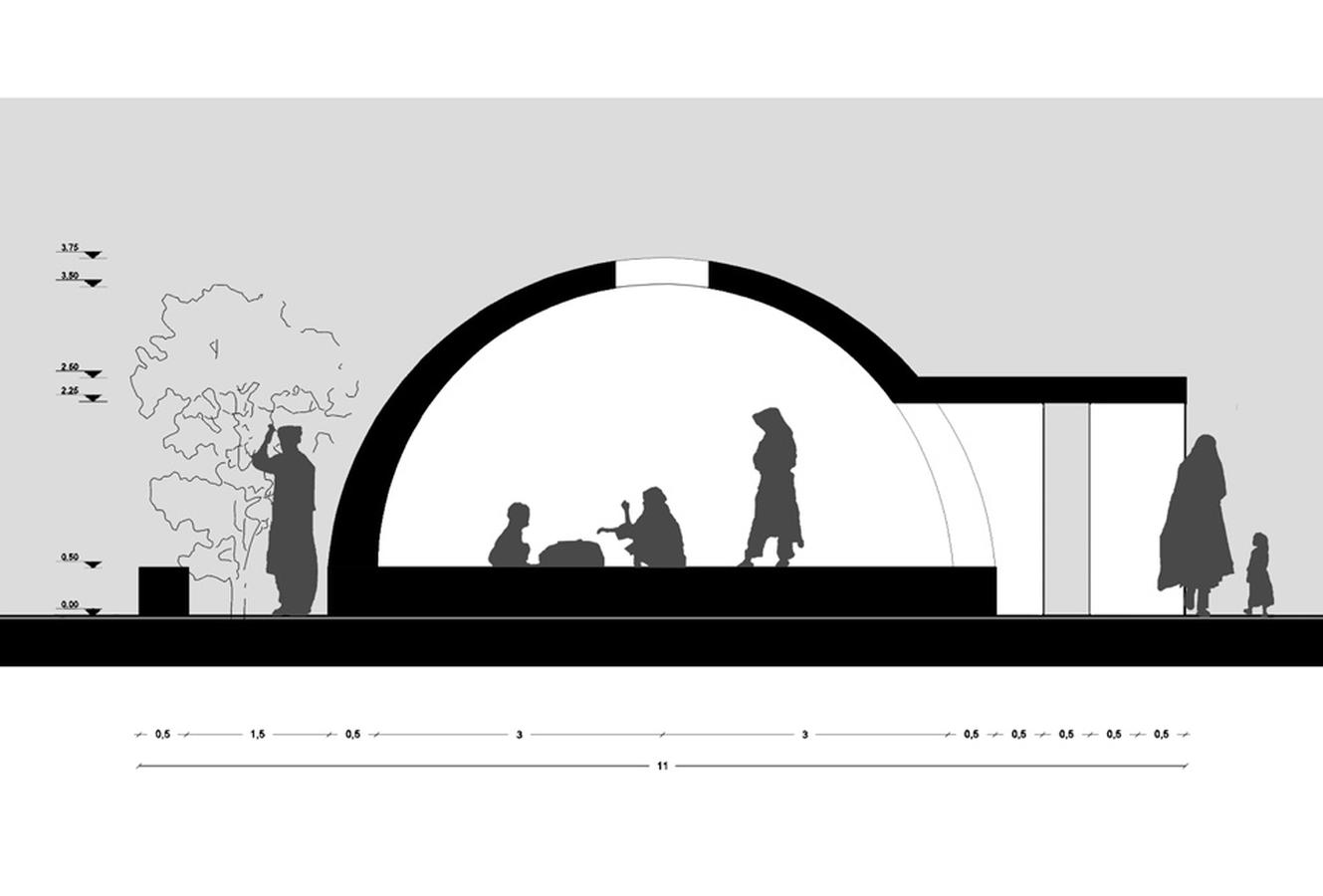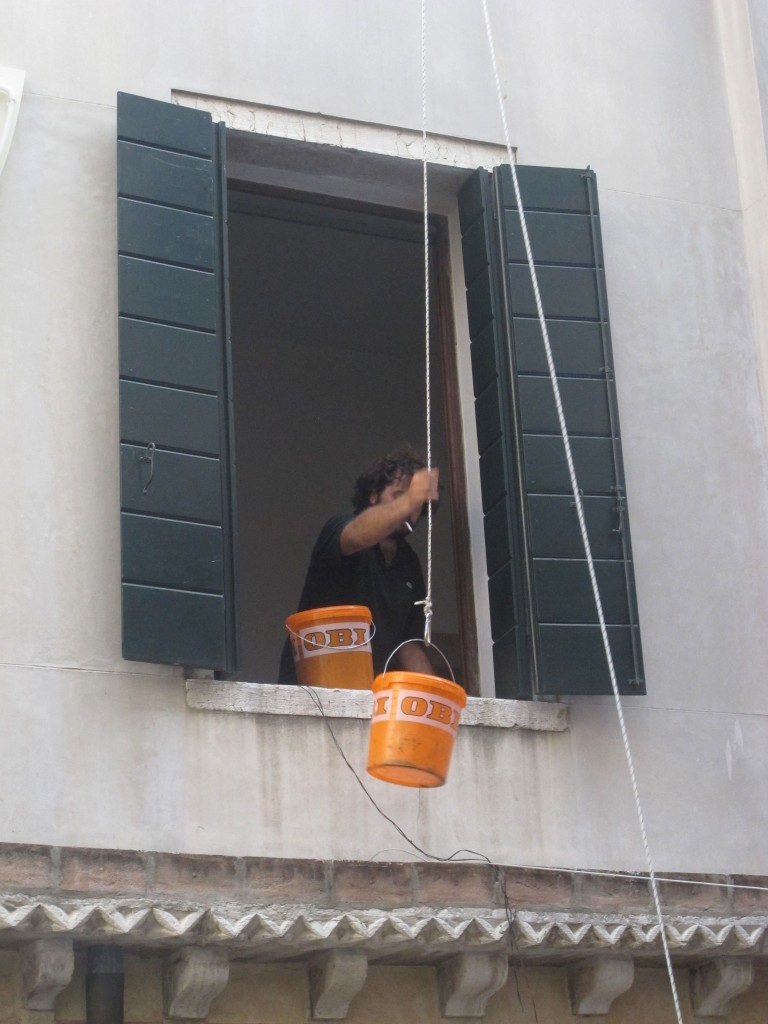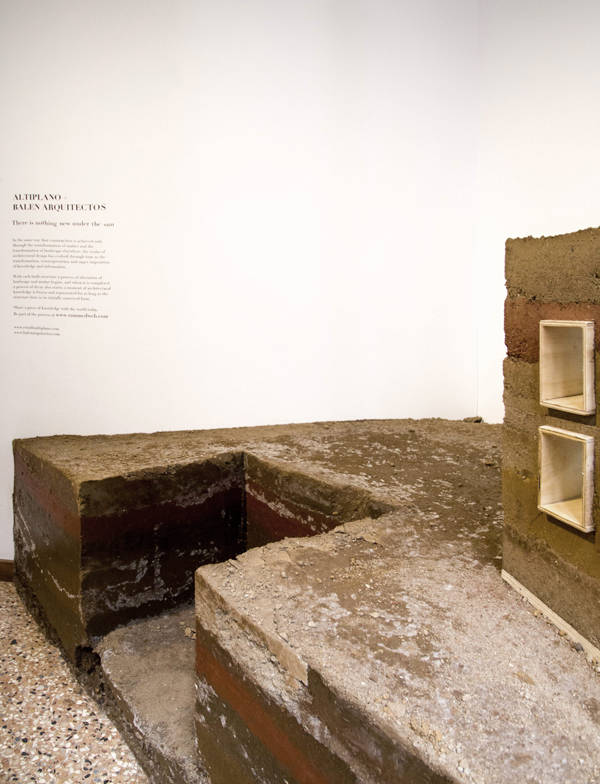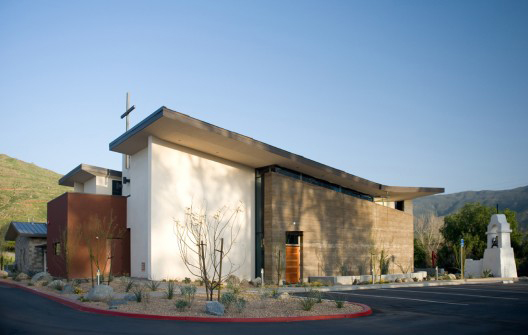
The Lacey Residence, by Jones Studio, is a 4,000 sq ft private residence located in Paradise Valley, AZ.

The site slopes in three directions; it is a desert knoll. Linear forms, assuming they are long enough, will inherently emphasize the shape of the landscape by contrasting a level parapet with the sloping topography.
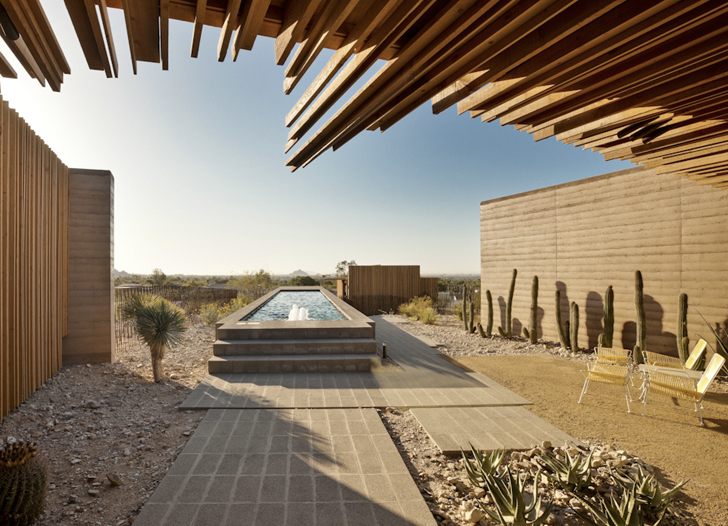
Fortunately the program included a lap pool. This linear permission slip completed the third topographic axis, and finds directional purpose in its alignment with the 6 million year old Papago Peak three miles away; and the centerline of the main entry door!

According to the architects, there is a beautiful honesty in relinquishing architecture to the uncompromising reality of nature. If the intentions are sincere the architecture will only get better.

